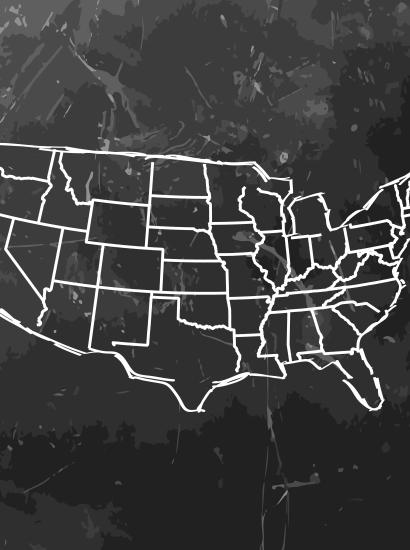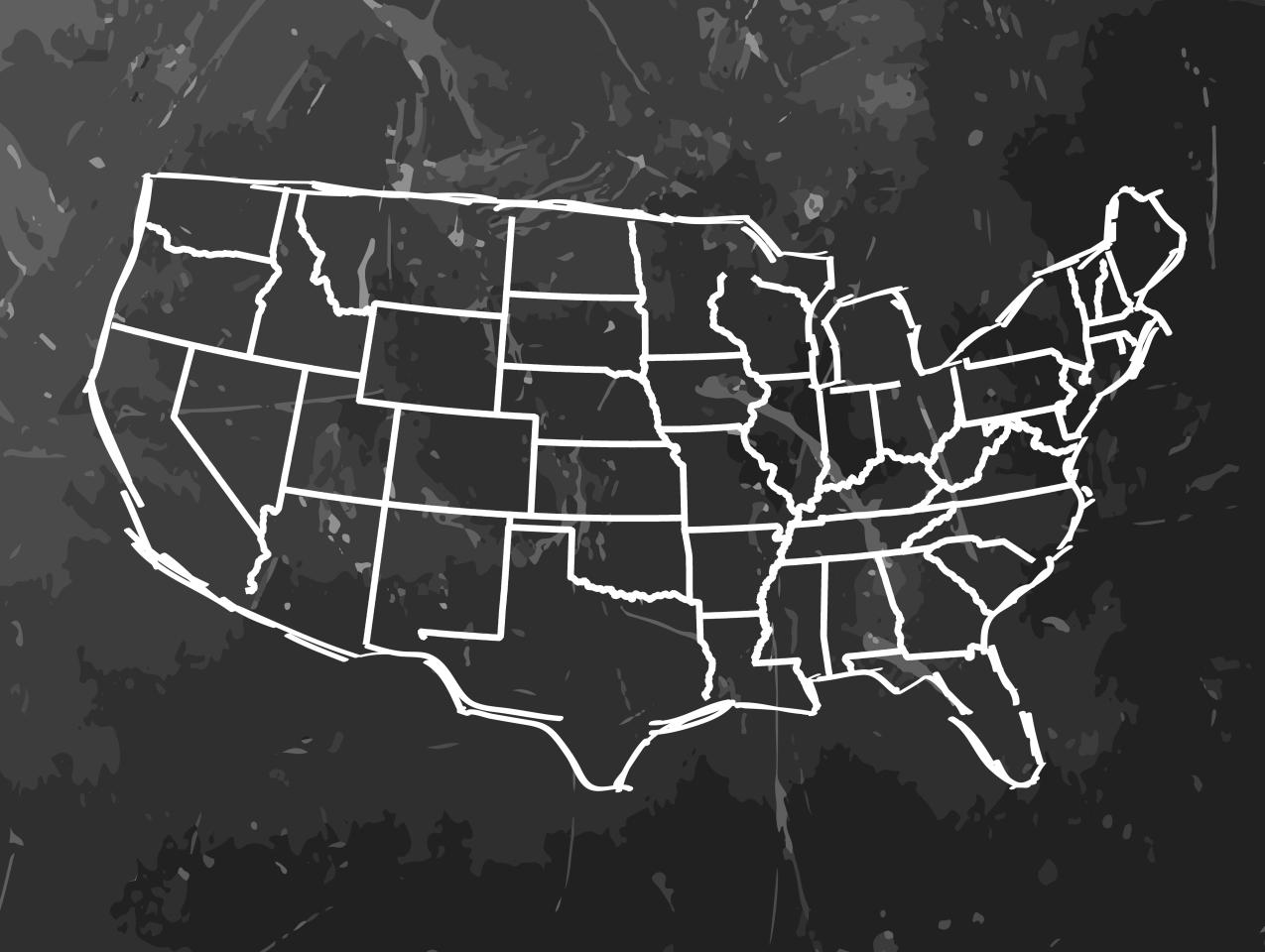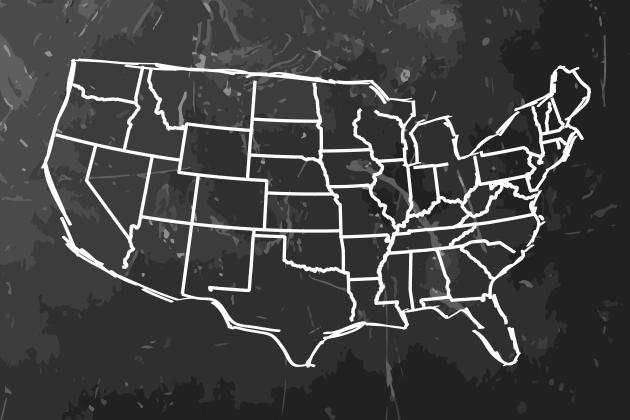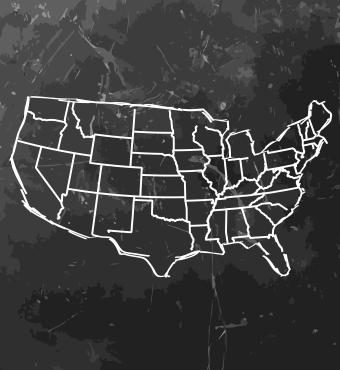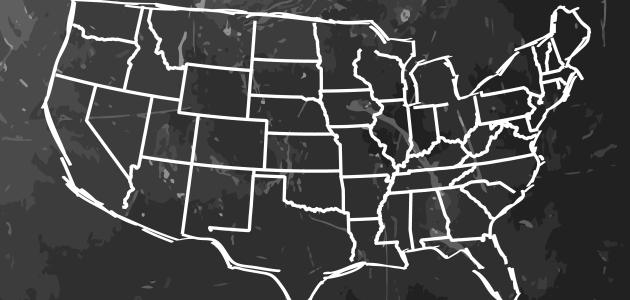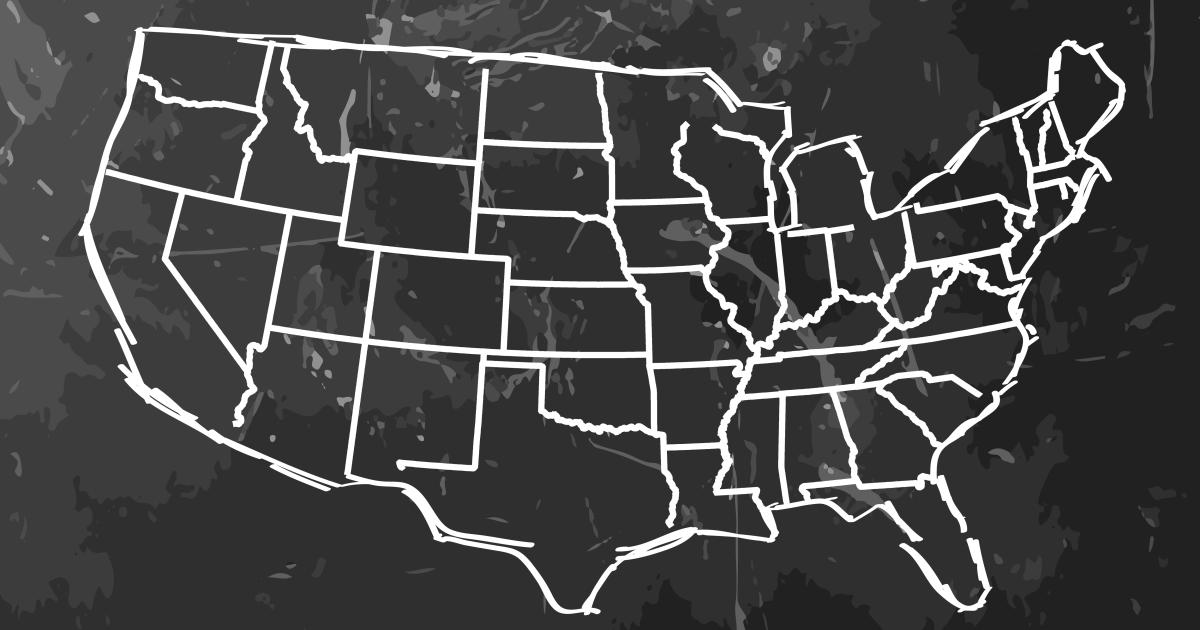- State & Local
- Federalism
- Revitalizing American Institutions
This interview focuses on American Federalism Today: Perspectives on Political and Economic Governance, edited by Wohlford Family Senior Fellow Michael J. Boskin. Order it here from Hoover Institution Press.
Jonathan Movroydis: In your view, how did the founding fathers envision the distribution of power in the United States?
Michael J. Boskin: The founding fathers were very aware of a need for balancing different interests and for separation of powers, many checks and balances, not just among the three branches of the federal government but between the states and therefore the local governments within the states—ultimately among the government writ large across all those dimensions and the private sector. The Revolution was fought largely on that basis. To paraphrase the Declaration of Independence, whenever a government becomes destructive of the ability to provide the people’s unalienable rights of life, liberty, and pursuit of happiness, it’s their right to alter or abolish it. In the Constitution, the Tenth Amendment states that all powers not assigned to the federal government are reserved exclusively to the states or the people. So, there is this very clear demarcation, but of course, many things cross state boundaries, especially as the nation has grown.
People with different interests may sort themselves among the states, and but for some subset of issues people may desire more uniformity. But the founders were pretty clear that they wanted a limited role for the federal government, heavily designed to deal with its primary purpose, which was defense and security.
James Madison in the Federalist Papers talked a lot about these issues, as did Alexander Hamilton, especially on the topic of having a more powerful central government. The original Articles of Confederation were insufficient—they were causing problems—and therefore a constitution was being drafted. It had to be sold; it wasn’t immediately clear that it would pass, and George Washington, Thomas Jefferson, and others went around the country promoting it.
There was much to sort out. The first big test came when Hamilton, the first treasury secretary, said the states had all taken on ruinous debt to finance the Revolution and were struggling, and that it was the proper role of the federal government to assume those debts because they were the debts of the nation and not just of individual states. He made a famous statement that the debt was “the price of liberty,” and that carried the day. It became part of the framework of thinking about when things should be federal and when they should be reserved for the states.
There were big differences by urban or rural region, by state, by industry, and many other dimensions. Early on, Jefferson advocated a much more decentralized system, while John Adams and others wanted somewhat more power for the federal government. That evolved over time and had its ups and downs. I think they were very pragmatic in general, and they were trying to set up something that worked. But I think it’s fair to say the founders would be surprised, perhaps shocked, at how much power the federal government has assumed for itself or shifted from the states and the people.
They realized they were governing over diversity and that interests had to be managed, harmonized in some way. They certainly would have believed that the federal government had to do more in today’s world, given the evolution of demography, technology, economics, etc., so I don’t think they’d be shocked that power grew in the federal government. But they would probably have warned against so much shifting out of the states and the people to the federal government.
This is a vital, ever-evolving issue, and I think that when George Shultz and I decided to launch this project, we had the view that a sensible, robust federalism could be a key component in America’s successful economic and political governance.
Movroydis: How should we think about federalism today? In terms of returning to the way the founders saw it, or as a sort of a guide for the challenges we see today?
Boskin: I think the first question you have to ask is, what’s the appropriate role of government versus the private sector? Take infrastructure. Many things could be done privately. Others are legitimately federal, such as interstate highways and other federal matters. Larger parts of many issues are generally internal to states and localities. So, there’s a role that government should play, but what about businesses and households taking responsibility for their own actions and letting that work out in a marketplace of competition?
As for government, there the question is, what makes sense for who should be producing or implementing something and who should be financing it? It may be there are some things the federal government should finance directly, but others are better done with state or local grants. Those governments are closer to people; they can often solve problems more effectively and affordably.
When the government gets to be as sprawling as the federal government or that of a big state, like California, and it’s dealing with every perceived problem or issue, it’s trying to be the first response. The government should be more or less the last resort, not the first, other than for the main functions like security, defense, police protection, and the like. There also are issues that span state boundaries, where there are spillovers if a state does something that benefits or harms other states. At the same time, some regional cooperation can be better than nationalizing the whole thing at the federal level.
And in other cases, joint federal-state policies and programs make sense. There are many of those such as Medicaid, unemployment insurance, infrastructure, and others where the federal government shares in costs or subsidizes lower-level governments that dispense the funds and services. But sometimes the incentives can go awry. We have a massive system of fiscal cross-hauling in some programs where local officials want projects funded even if they bear only a small part of the cost—the bulk coming from taxpayers in other states.
You should start from the presumption it be done as close to the people, as devolved locally, as possible, within the requirement of making it work jointly for the nation. And, finally, you have to ask is the government at any level, or which level, is competent to carry it out.
One of the really innovative parts of the book was when John Cogan took a hand at trying to figure out what a Madisonian sort of budget would look like today—what would be consistent with the principles Madison espoused—and I it was quite revealing. Obviously, the federal government’s going far beyond what Madison would have envisioned.
Movroydis: One issue shaped by discussions of federalism is education. Standards were centralized under No Child Left Behind, then went back to the states with the Every Student Succeeds Act. Should the federal government get involved and step in where the state is unable to?
Boskin: This is one of the perpetual debates. Look at inner-city schools—the ones I know best are in California—and the achievement levels in fourth- and eighth-grade standardized achievement tests, particularly for minority students in the larger urban school districts. It’s not only a tragedy for those people. It’s an unfolding national tragedy. So many people will find it much harder, maybe impossible, to become productive citizens. So, there is a place for the federal government, within reason, for coaxing, incentivizing, states to do something that’s in the national interest. But you have to be very careful about that, because you don’t want the federal government to wind up dictating all of education. Federalizing education, I think, would be a disaster. That doesn’t mean state and local educators in every state or even in most states are doing what they should be doing, so a balancing act has to occur. And our base should be permanent policies that we can deal with sensibly over decades and longer, with an occasional detour in an emergency.
Movroydis: What were some of the most salient takeaways and recommendations from your book?
Boskin: The single most penetrating point during the conference that resulted in this book was made by former California governor Jerry Brown. He said the best place to start in improving federalism would be for everybody to adopt a large dose of common sense. What does he mean? There’s so much that has gone awry in different places and in different levels of government. The notion that if we spend more on something, it will get better. We’re not measuring the outcomes, which can end up worse. So, I think that’s the first place to start.
A big part came down to thinking more carefully and sensibly about our budgets, regulations, and mandates. To allow state and local governments more flexibility in dealing with the needs relevant to most people’s daily lives, and have the federal government better focused instead on the things we need it to do. It should spend less time trying to be all things to all people. That’s also true of some states, while other states aren’t doing enough.
Justice Louis Brandeis had the idea, expressed in a famous decision, that the states should be laboratories of democracy. The state should be able to try something, and when it works, other states can emulate it for their benefit. When it doesn’t, the other states won’t waste their time and money. That’s a pretty important principle, and I think everybody at the conference agreed with it.
This kind of experimentation, this learning from each other . . . we should be doing more of that, rather than barking at each other.









